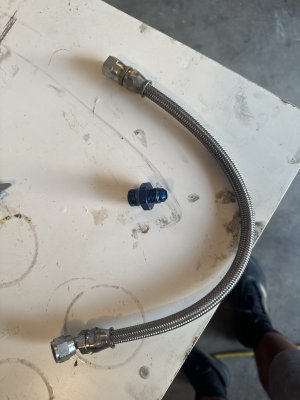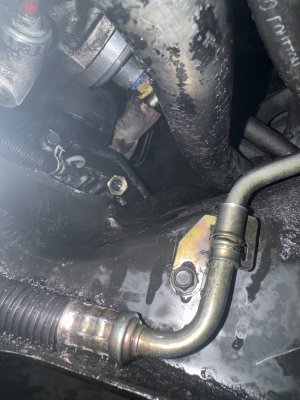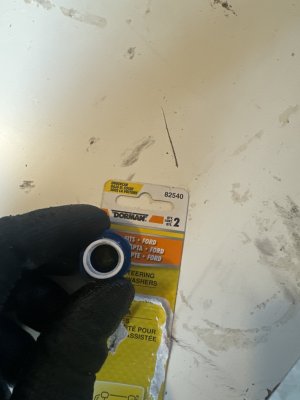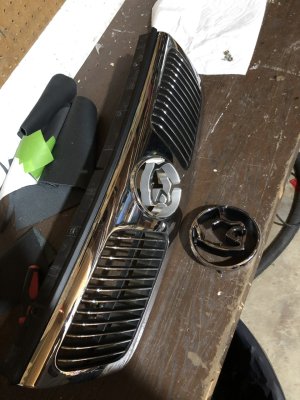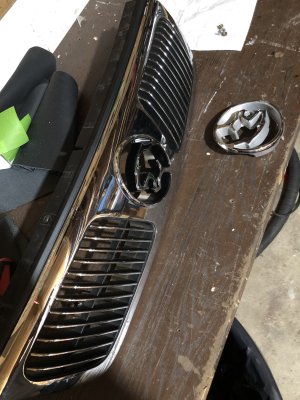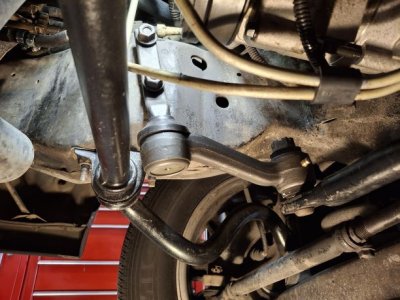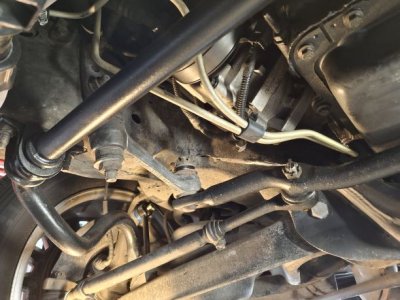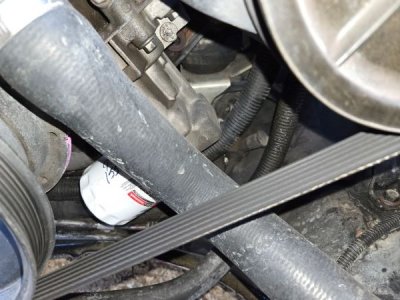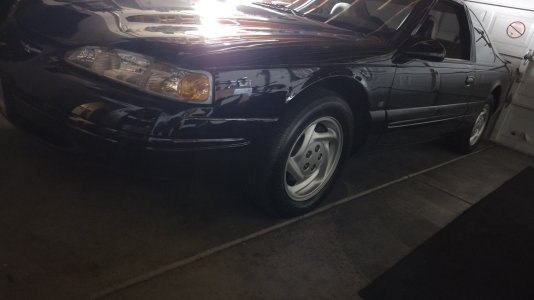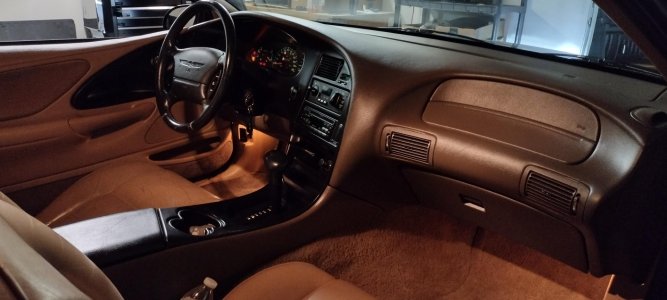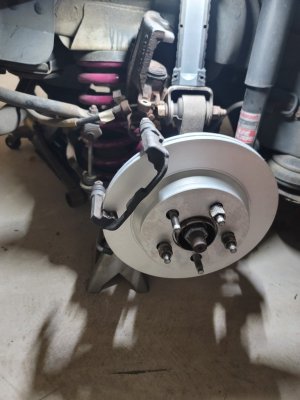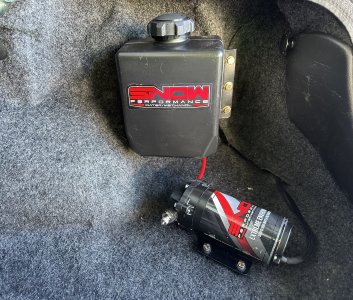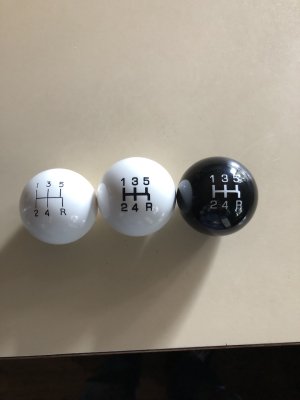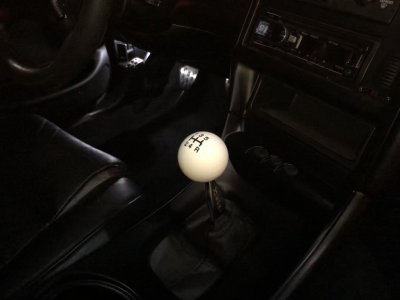An oil change...followed by a bunch of frustrating observations. I'll need some cheering up.
But first, I switched to Valvoline Restore & Protect. So many positive reviews out there; I figured I'd give it a try. I don't own a borescope, so the most I could do was taking pictures of the area directly below the filler neck, which is frankly pretty clean as it is.

Still, if this spot looks cleaner by the next oil change, it may also be an indication of further cleaning elsewhere in the engine. Valvoline emphasizes the cleaning of pistons and rings above all.
I do not currently have any oil consumption to speak of. I do have a very rare potential knock when accelerating quickly under load, especially uphill.
Since I was already under the car, I looked around and found nothing but trouble.
Firstly, this fraying in the belt. It's only two years old. I cut the frayed fibers with a razor blade, and I'll monitor.
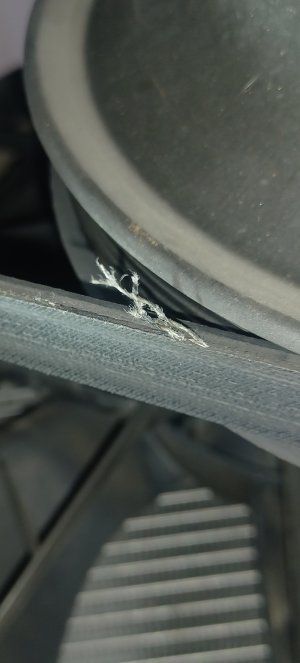
Secondly, the state of my rag joint. It just doesn't look right to my eyes. Does a rag joint serve to transmit rotational force around a corner? Or does it just soften the force? My joint looks like input and output aren't in a straight line, akin to a universal joint. There are no steering symptoms, no vagueness or excessive play.
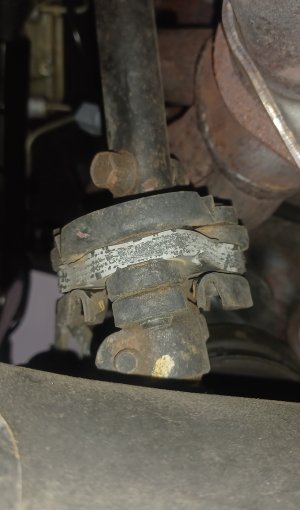
Thirdly, and this is the big one: the sleeve over the driver side lower ball joint is totally deteriorated. I bought this car in the spring of 2022, and the UCAs/LCAs were swapped a month later by a shop using TRW parts; they do not have grease fittings. Prior to that replacement, I had very hard steering and very noisy steering at a standstill, so I have an idea what bad ball joints sound like. No such symptoms exist currently...but I'm still frustrated because this looks like the beginning of the end for this joint:
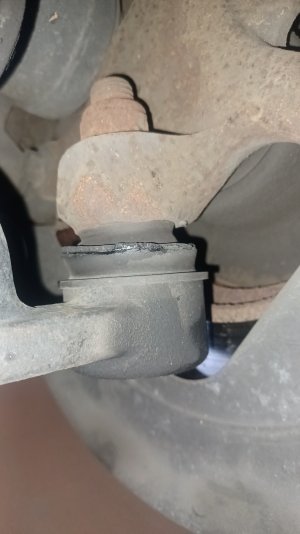
Is there anything that can be done to save it? Meanwhile, the passenger side looks fine:
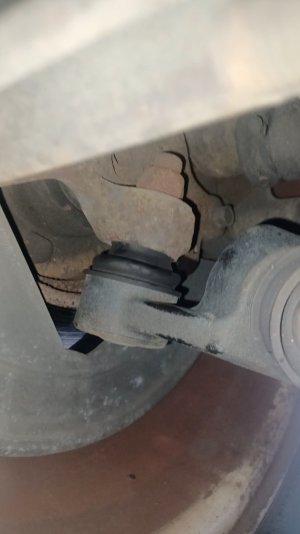
I find any kind of suspension work super intimidating. Remember, prior to owning this car I have not done any mechanical work on cars whatsoever. Plus this is my only car and daily driver.
On the positive side, that engine disassembly video I posted the other day reminded me that I wanted to do another coolant pressure test. Earlier this year, I posted about a small leak on top of the engine, most likely caused by a bad lower intake manifold gasket.
Today's test did not produce a leak. I applied 16 psi (as stated on the radiator cap), and the system held that pressure steady, with not even a hint of pressure loss, over 3+ minutes.
I realize that leaks don't just magically fix themselves. But in this case, it must be minuscule and/or dependent on the season and surrounding climate/atmospheric pressure. I'll monitor the area above the lower intake manifold, plus I check my oil cap and radiator cap at least weekly, respectively for coolant/oil contamination.

